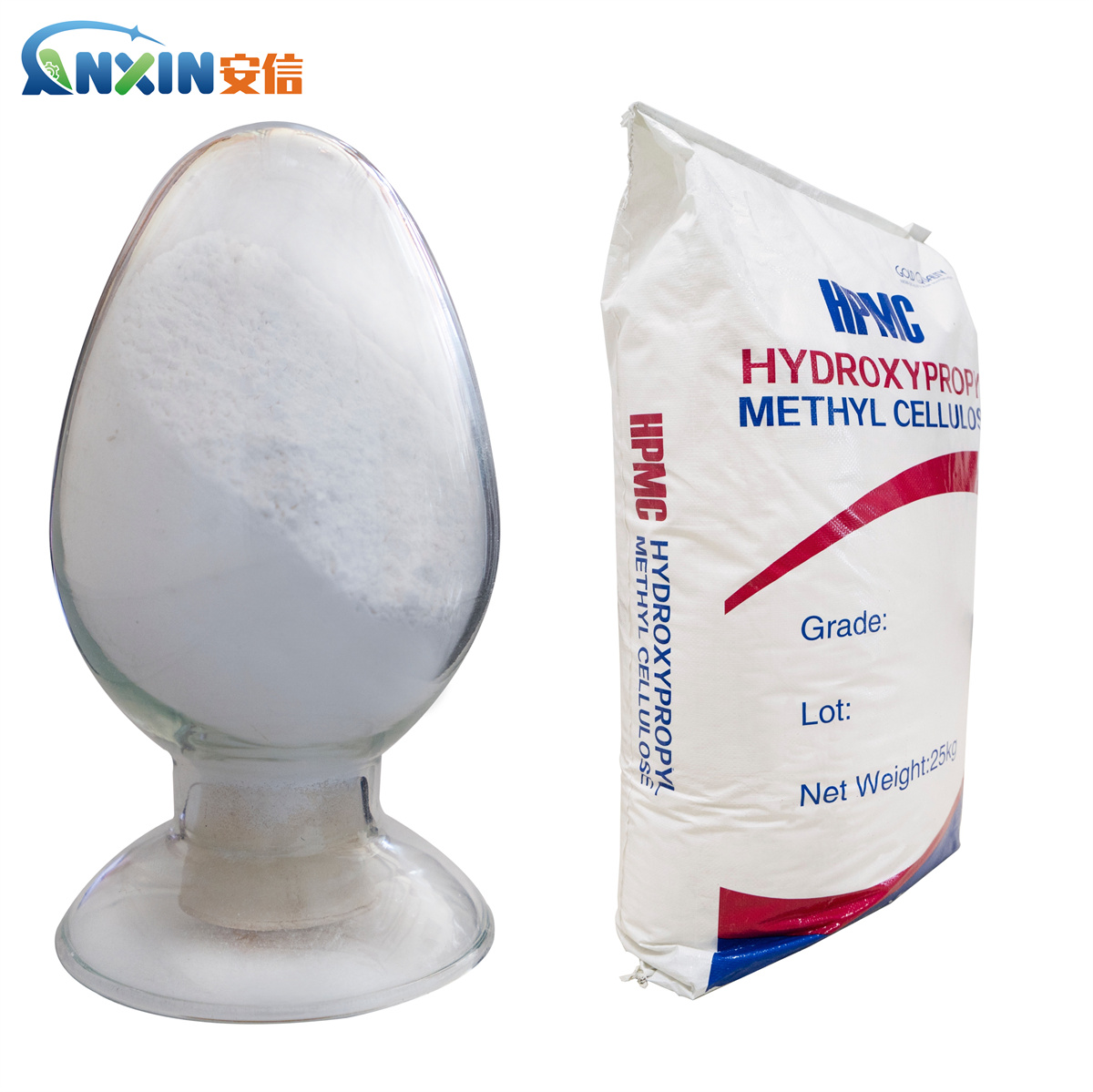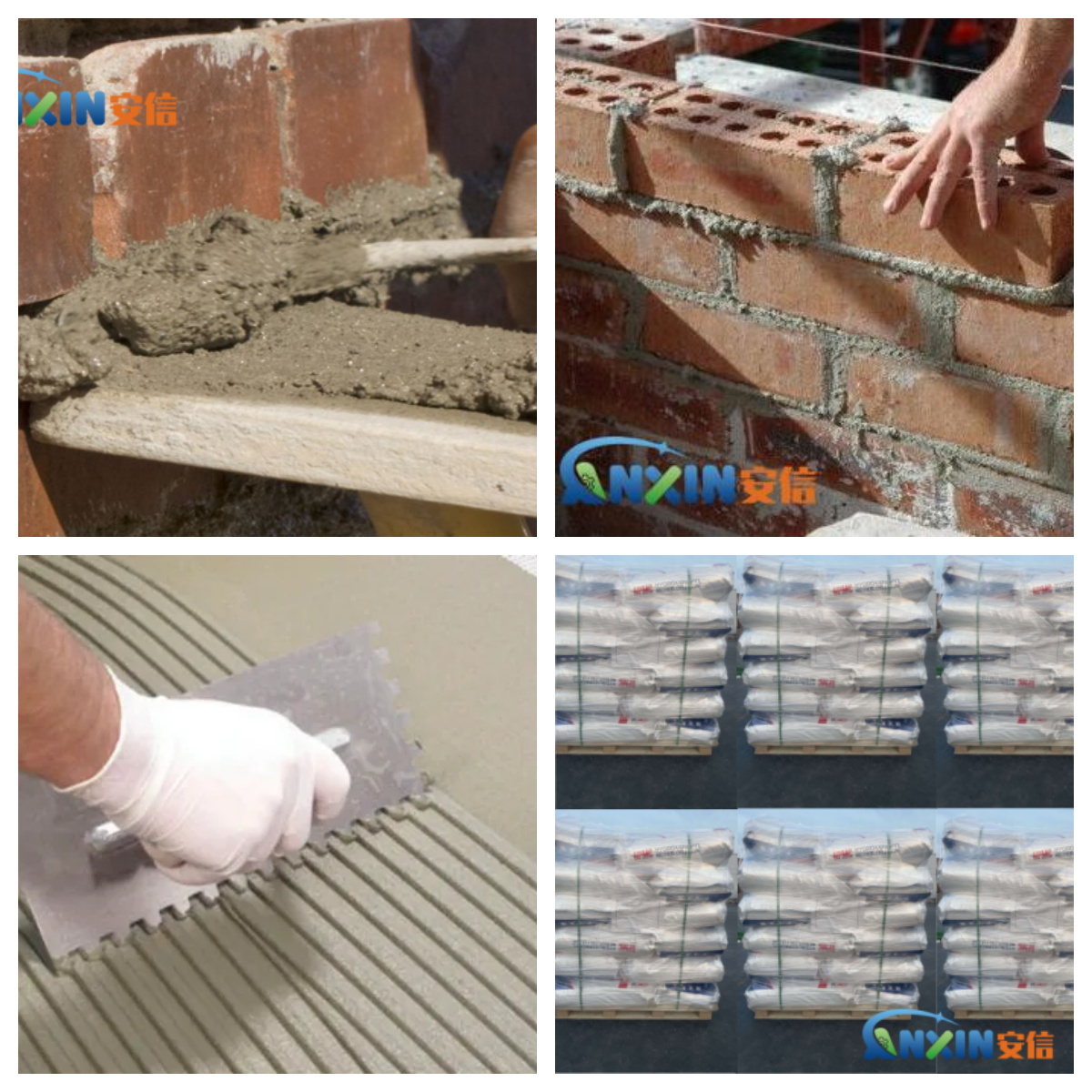Modified Hydroxypropyl Methylcellulose (modified HPMC) is an important polymer additive in building materials, especially in building mortar systems. It further optimizes the performance of HPMC through physical or chemical means, so that it can provide better construction performance, water retention, anti-sagging and bonding properties in construction projects.
1. Mechanism of action of modified HPMC
Modified HPMC is a non-ionic cellulose ether. It is stable in an alkaline environment and has good solubility and dispersibility through the substitution of hydroxypropyl and methyl groups on the cellulose skeleton. The modification treatment usually includes:
Surface treatment (for example: etherification reaction, improving instant solubility or dispersibility);
Cross-linking reaction (enhancing consistency and water retention);
Hydrophobic modification (improving anti-sagging and water resistance);
Thermal reaction treatment (controlling gel temperature to meet construction requirements), etc.
Through these modification methods, HPMC is easier to disperse in mortar to form a uniform colloidal solution, which can effectively adjust the rheological properties, water retention and anti-sagging properties of mortar.
2. The core role of modified HPMC in building mortar
2.1. Improving water retention
Modified HPMC forms a three-dimensional network structure in mortar, effectively preventing water loss. This feature is particularly important in the cement hydration process, which can ensure that the cement is fully hydrated, reduce the risk of shrinkage and cracking, and improve the later strength. It is particularly critical for construction in high temperature and dry environments.
2.2. Improve construction performance
Modified HPMC has excellent lubricity and thickening effects, making the mortar easier to apply and scrape after mixing, reducing the resistance of construction tools and improving construction efficiency. It is particularly suitable for machine spraying mortar, improving pumpability and controllability.
2.3. Enhance anti-sagging performance
Anti-sagging performance is crucial for facade construction systems such as tile adhesives and plaster mortars. Modified HPMC can improve the viscosity and thixotropy, so that the mortar has good consistency in a static state, avoid slipping after application, and ensure the construction quality.
2.4. Improve adhesion and cohesion
Modified HPMC can improve the adhesion between mortar and materials such as base and tiles. Its film-forming properties enable it to form a flexible film layer on the surface of the mortar, enhancing the interfacial bonding strength. At the same time, it improves the overall cohesion of the mortar to prevent cracking and delamination.
2.5. Adjust consistency and fluidity
Different construction processes have different requirements for the consistency of mortar. Modified HPMC has a certain thixotropy, which allows the mortar to maintain good fluidity under stress and quickly restores consistency when static, meeting different construction requirements such as plastering, leveling, and caulking.
3. Specific applications in different building mortars
3.1. Tile adhesive mortar
Modified HPMC can improve the anti-slip and water retention of tile adhesives and enhance the adhesion ability of large-size tiles. Especially in the thin-ply construction, it ensures the convenience of construction and the firmness of adhesion.
3.2. Plastering mortar
In plastering mortar, modified HPMC improves operability, reduces the hollowing and cracking problems caused by rapid evaporation of water, and ensures a smooth and delicate surface. It is also suitable for machine spraying mortar to improve pumping efficiency.
3.3. Floor mortar and self-leveling mortar
Self-leveling has high requirements for fluidity. Modified HPMC provides appropriate fluidity without losing strength, while controlling water separation and improving the surface quality and flatness after laying.
3.4. Repair mortar
For micro-cracks and thin layer repairs, modified HPMC can improve the bonding strength between mortar and base layer, reduce the risk of delamination and powdering in the later stage, and is suitable for detailed repair construction of walls, bridges, etc.
4. Modified HPMC dosage and selection recommendations
In actual formulas, the amount of modified HPMC added is generally 0.2%~0.6% (based on the total weight of dry powder), and the specific amount needs to be determined according to the mortar type, construction environment and performance requirements.
High water retention requirements: select modified HPMC with high substitution degree and fine particles;
High anti-sagging: select high viscosity, thixotropic modified HPMC;
Self-leveling or floor system: select low viscosity, high flow type modified HPMC;
Instant dissolution requirements (premixed mortar): select surface treated instant modified HPMC.
Modified HPMC plays a key multifunctional role in building mortar, especially in improving water retention, construction performance, adhesion and anti-sagging performance. It not only optimizes the mechanical properties and construction effects of mortar, but also provides a solid material foundation for modern construction technologies (such as mechanical spraying, thin-film construction, and self-leveling paving). In the future, with the development of green building materials and high-performance building materials, the application of modified HPMC in the field of building mortar will be more extensive and efficient.
Post time: Jul-18-2025

